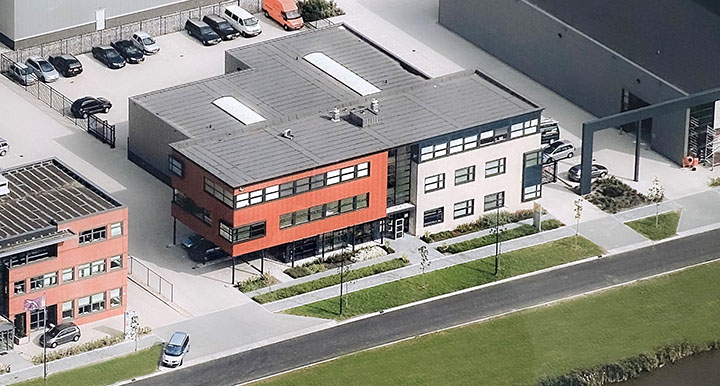Rigaku Timeline
Rigaku Corporation (RC) founded
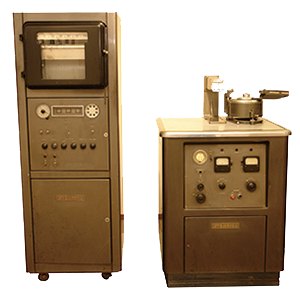
Rigaku lndustrial Corporation (RIC) founded
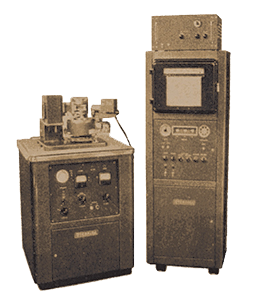
X-ray Research Laboratory founded
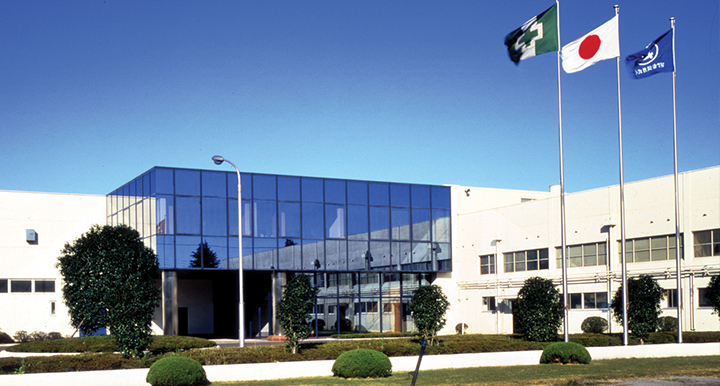
Acquired Molecular Structure Corporation (MSC)
.jpg?width=720&height=386&name=1996_Molecular%20Structure%20Corporation%20(MSC).jpg)
Acquired Osmic, Inc.
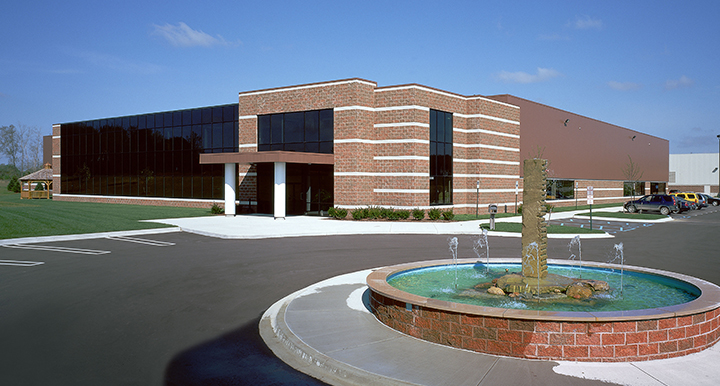
Rigaku/USA, Inc. and MSC merged, forming Rigaku/MSC, Inc.
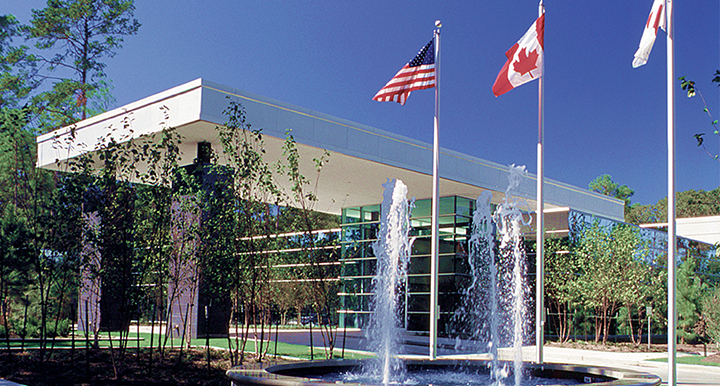
Rigaku/MSC, Inc. changed its name to Rigaku Americas Corporation (RAC)
Osmic, Inc., changed its name to Rigaku lnnovative TechnoIogies, Inc. (RIT)
.jpg?width=720&height=386&name=2006_Rigaku%20lnnovative%20TechnoIogies%2c%20Inc.%20(RIT).jpg)
Rigaku lnnovative Technologies Europe s.r.o. (RITE) established
Rigaku Corporation merged with Rigaku lndustrial Corporation
.jpg?width=720&height=386&name=2008_Rigaku%20lnnovative%20Technologies%20Europe%20s.r.o.%20(RITE).jpg)
Rigaku Beijing Corporation (RBC) established
Applied Rigaku Technologies, Inc. (ART) established
.jpg?width=720&height=386&name=2009_Rigaku%20Beijing%20Corporation%20(RBC).jpg)
Rigaku Asia and Pacific, Ltd. (RAP) established
Rigaku Europe SE (RESE) established, dissolving Rigaku European Headquarters
Acquired Newton Scientific, Inc.
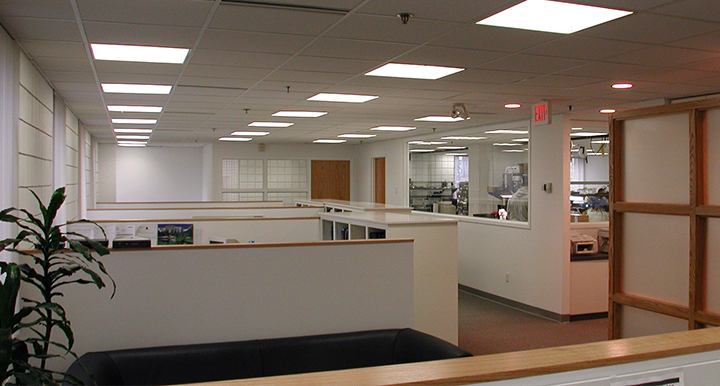
Rigaku Raman Technologies, Inc. established
.jpg?width=720&height=386&name=2011%20Rigaku%20AnaIyticaI%20Devices%2c%20Inc.%20(RAD).jpg)
Rigaku Raman Technologies, Inc. changed its name to Rigaku AnaIyticaI Devices, Inc. (RAD)
Rigaku Polska sp. z o.o. (ROP) established
.jpg?width=720&height=386&name=2015_Rigaku%20Polska%20sp.%20z%20o.o.%20(ROP).jpg)
Rigaku Asia and Pacific, Ltd. (RAP) changed its name to Rigaku Portable Devices Asia Limited (RPDA)
Rigaku Asia Pacific Pte. Ltd. (RAPP) established
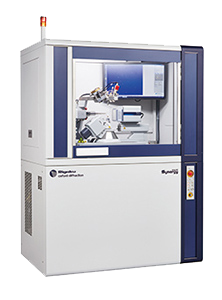
Rigaku celebrates its 70th Anniversary
MILabs acquired
The Carlyle Group acquires Rigaku
